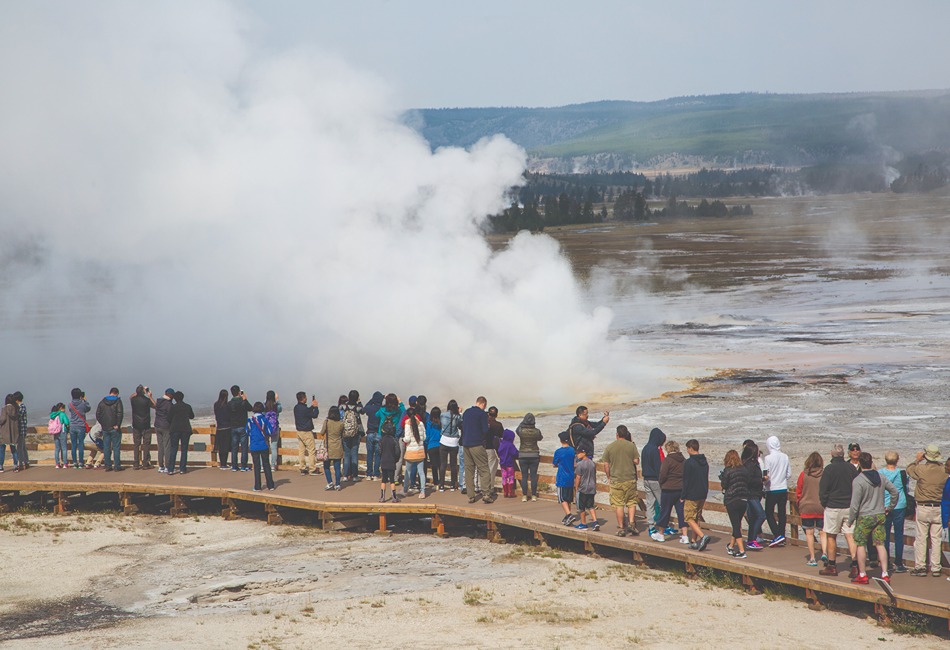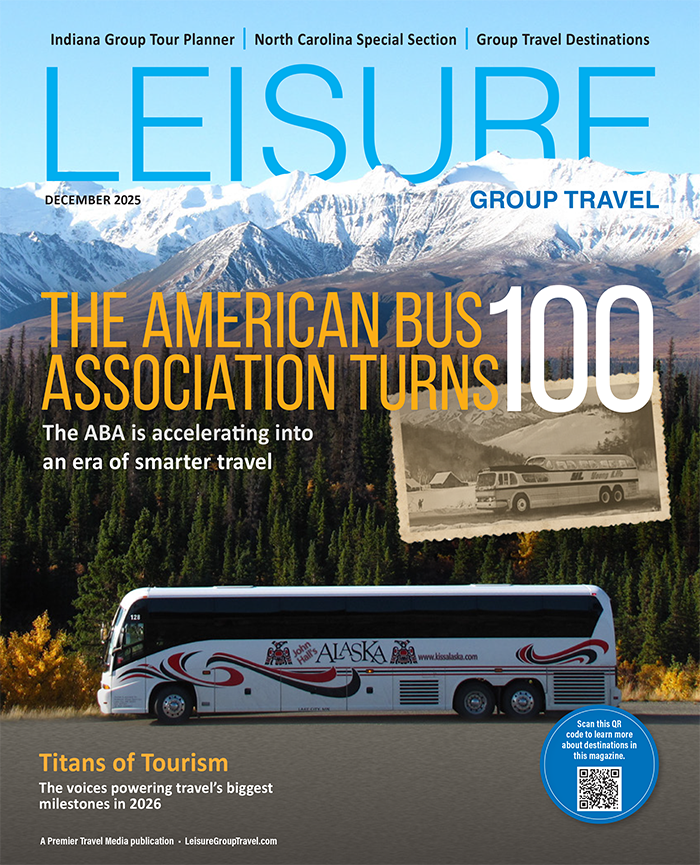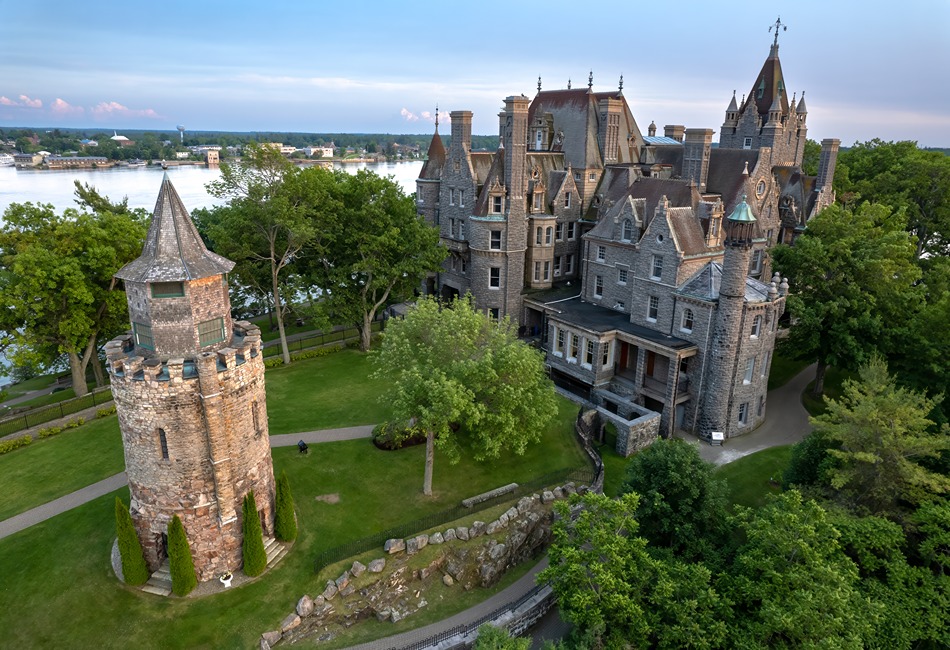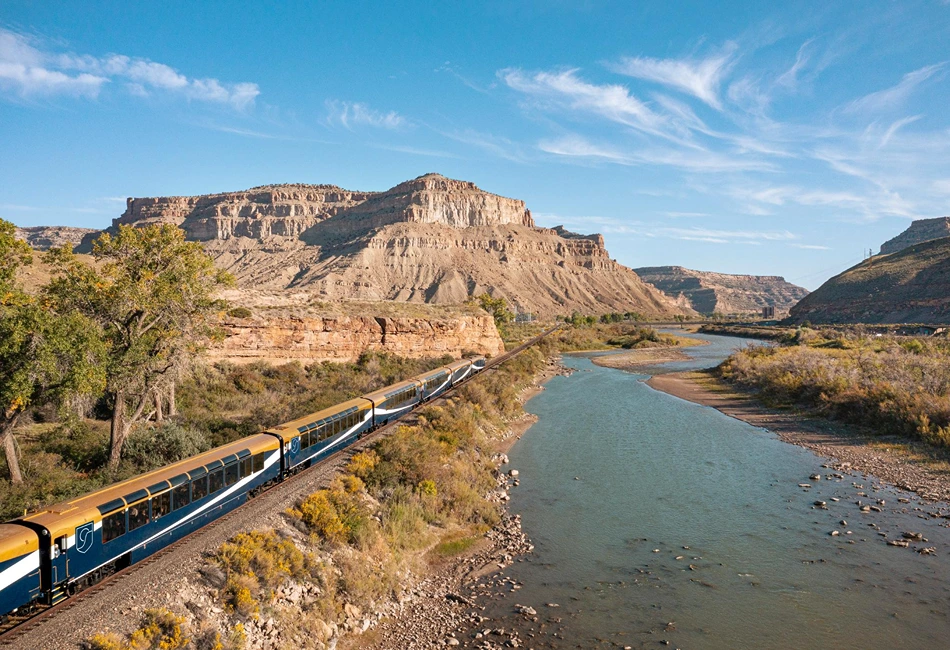Follow the paths of early pioneers with this guide to historic landmarks and iconic stops that shaped the American West
By Emma Svoboda
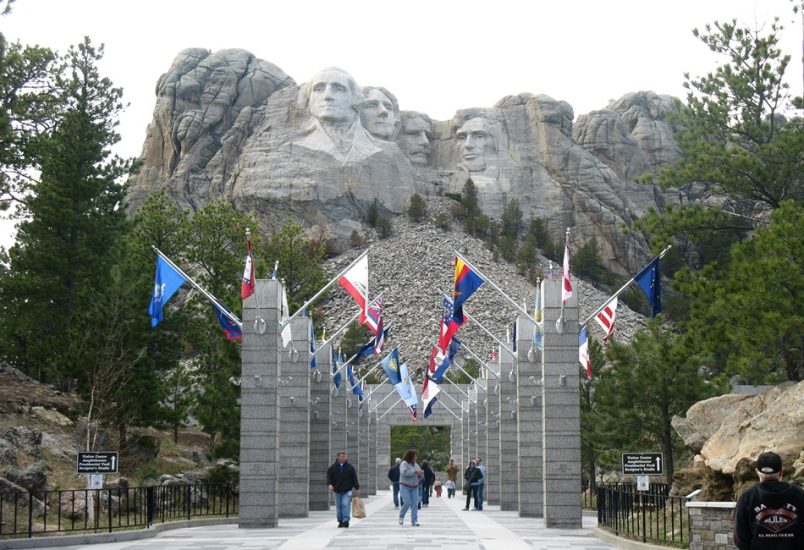
As America expanded westward in the 1800s,migrants used networks of trails toward California and Oregon to explore all the west had to offer. Not only did they gain economic opportunity, but they also found more natural beauty and created more iconic attractions and historic sites. Embark on an adventure westward with these historic must-see spots. From museums to monuments to some of the most iconic landmarks of the United States, the west offers beauty and learning opportunities for everyone.
For more travel ideas, you can Download the Magazine and Subscribe to Leisure Group Travel for FREE
Museum of American Speed
Located in Lincoln, Nebraska on Speedway Motors Campus, Museum of American Speed showcases automotive and racing history. The museum is home to more than 600 historically significant engines and has more than 340 vehicles on display. Their collections include Indy racing, drag racing, show cars,rare motorcycles,an art gallery, and much more. Whether you take a guided tour or explore the three floors at your own pace, there is much to learn. There are also a handful of free-to-attend car shows held each year on Speedway Motors Campus.
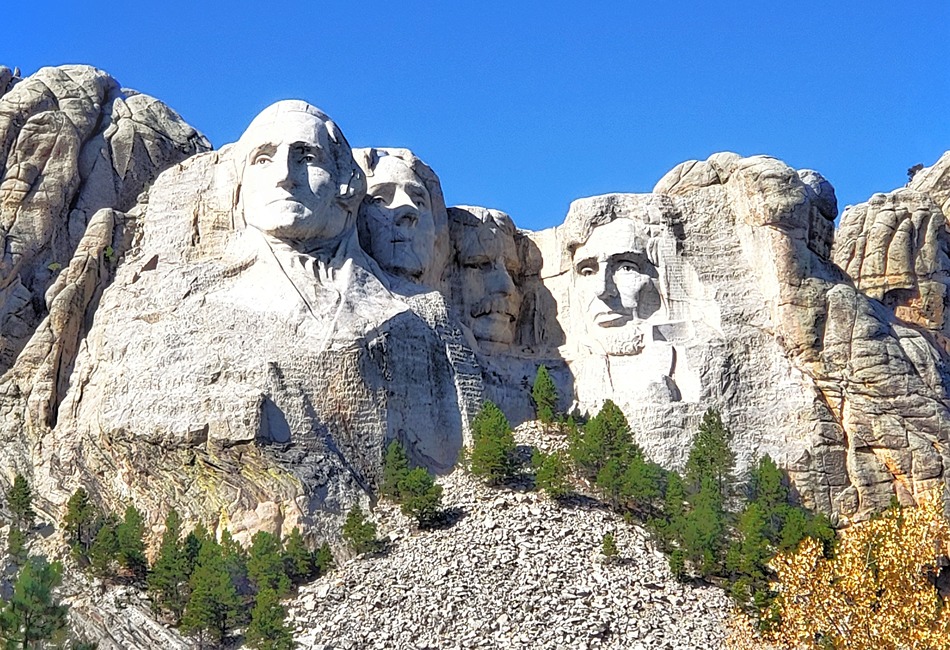
Mount Rushmore National Memorial
Carved into South Dakota’s Black Hills are the 60-foot-tall faces of four former U.S. presidents. Mount Rushmore National Memorial shows the labor of 400 workers to carve George Washington, Thomas Jefferson, Theodore Roosevelt and Abraham Lincoln. The Black Hills stand as a landmark for America’s history, being a culturally and spiritually significant place for many tribal nations as well as being the site of one of the country’s most famous symbols. Take a hike on the Presidential Trail for more views of Mount Rushmore, learn about the carving process at The Lincoln Borglum Visitor Center, or visit the Sculptor’s Studio to see Gutzon Borglum’s scale model of the landmark sculpture.
Register Cliff
While traveling from Fort Laramie, emigrants would spend the night around and carve their names into Register Cliff in Wyoming. Travelers would inscribe their names, dates, places of origin, and various messages. This softs and stone cliff holds a piece of history with signatures still visible, mostly from the 1840s and 1850s. One of the three most-known registers of the desert, this is a must-see stop. Get a close-up view of the signatures of some of the estimated 500,000 migrants who traveled the trail.

Independence Rock and the Oregon Trail
On the Nebraska portion of the Oregon Trail lies Scotts Bluff National Monument. It has served as a landmark for Native Americans and travelers. The monument stands 800 feet above the North Platte River. There is plenty to do in Scotts Bluff’s 3,000 acres. Drive Summit Road to see the view from the top, hike nearly four miles of trails, or check out the world’s largest collection of William Henry Jackson’s artworks.
Along the Oregon Trail stands Fort Laramie National Historic Site. Once the largest military post and most well-known military post of theNorthern Plains, Fort Laramie was abandoned in 1890. Take a guided tour of what was once a private fur trading fort.
Further west on the Oregon Trail is Independence Rock. This register was the campsite for fur trappers who celebrated Independence Day nearby in 1830. The Wyoming State Historic Site stands at 1,900 feet long by 850 feet wide and has more than 5,000 names carved.The highest point is 136 feet above its surroundings and Devil’s Gate, a 370-foot-deep gorge carved by the Sweetwater River, is visible from the point. Walk around the base of the rock and view the inscriptions, trail ruts, and interpretive exhibits.
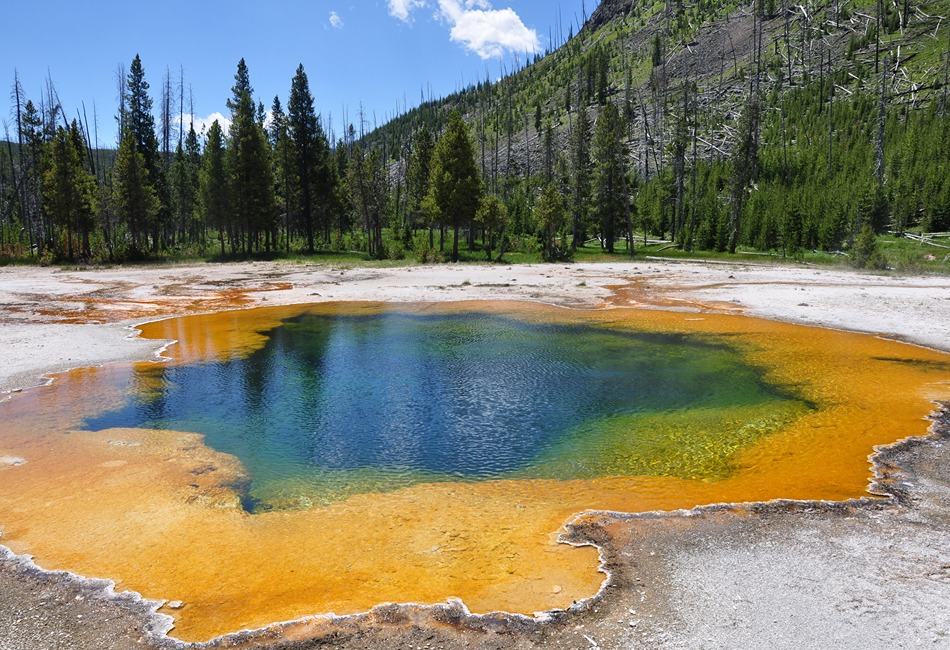
Yellowstone National Park
Yellowstone National Park’s beauty seemed like something out of a fiction novel to news magazines receiving descriptions from the first visitors of this natural wonder. Established in 1872, America’s first National Park spans nearly 3,500 miles and into 3 states. Known for its vibrant colors and geothermal features, Yellowstone has more geysers and hot springs than anywhere else in the world. Seated on top of a dormant volcano, Old Faithful’s home is one of the most visited National Parks. Observe the wildlife, active geysers, and geologic wonders of one of the largest and most visited National Parks.
For more travel ideas, you can Download the Magazine and Subscribe to Leisure Group Travel for FREE


